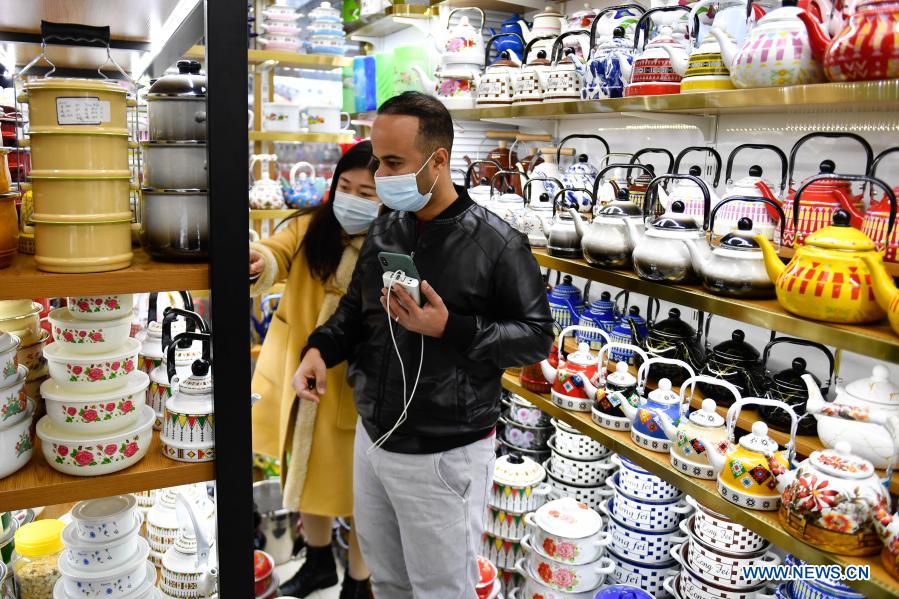Time right for SMEs to study, enter foreign markets, experts say


The post-pandemic era is a good time for small and medium-sized foreign trade enterprises to cultivate their brands,and a deep understanding of the targeted market and localized business operation is the key for them to go abroad successfully, industry experts said.
The biggest pain point for small and medium-sized foreign trade enterprises at present comes from target markets, which includes understanding the local culture, providing professional products, and being tested by the market, Li Lijie, vice-president of Focus Technology Co Ltd, said at a recent forum.
Li pointed out a new trend: foreign trade orders are shifting from high-volume, low-frequency and standardized goods to small-volume, multi-frequency and personalized goods.
"When it comes to demand, US buyers now pay more attention to the products' brands. They will require high-quality, green products and a steady supply, which are conditions that basically only branded products can meet," Li said.
To built competitive advantages in the international market, Chinese companies must start their own international brands through improving brand strategy, category management, product development, packaging design and other high value-added aspects, Li said.
However, according to data from the General Administration of Customs, only 17 percent of China's cross-border e-commerce exports in 2021 have their own brands.
"This is a warning for small and medium-sized foreign trade enterprises, "Li said, adding that if small and medium-sized foreign trade enterprises are still restricted by orders and stick to on-demand production, then they may face greater pressure and challenges in the near future.
In addition, the control of goods in cross-border trade has gradually shifted from the downstream buyers to the upstream Chinese manufacturers and cross-border e-commerce companies.
On the one hand, upstream Chinese companies can take advantage of the full-chain services provided by cross-border e-commerce platforms, and improve the efficiency of logistics management. One the other hand, Chinese companies are faced with challenges that they need to manage much more things other than production.
He Jingwei and Zhu Xuehan contributed to this story




































